While meticulous framing and a keen eye for detail are essential, lighting plays a paramount role in close-up photography. In this article, we explore various techniques and key takeaways for mastering lighting in close-up photography.
The Importance of Lighting in Close-Up Photography
In close-up photography, lighting can make or break your shot. It sets the mood, enhances textures, and adds depth to your subject. The right lighting technique can highlight the intricate details and bring your subject to life, while poor lighting can result in flat images with dull colors and obscured details. To harness the full potential of your close-up photography, familiarize yourself with the following lighting techniques:
Natural Light: A Painter’s Palette
Natural light is a photographer’s best friend. The soft, diffused light that nature offers can create stunning close-up shots. Unlike artificial lighting, natural light varies throughout the day and changes with the weather, allowing photographers to experiment with different moods and tones. Some tips to keep in mind while working with natural light:
- Shoot during the golden hour—the period shortly after sunrise or before sunset—when the light is warm, soft, and golden.
- Use reflectors or diffusers to manipulate and control the direction and intensity of natural light.
- Experiment with different angles and positions to find the most flattering and dramatic lighting.
Artificial Light: Sculpting Your Subject
When natural light is limited or not ideal for your shot, artificial lighting steps in as your savior. With artificial light sources, such as flashguns, continuous lights, or LED panels, you have complete control over the lighting conditions. Here’s how to make the most of artificial light in close-up photography:
- Experiment with off-camera flash to create dramatic shadows and highlights.
- Utilize diffusers and softboxes to soften harsh artificial light and create a more natural-looking illumination.
- Employ color gels to add mood and creative flair to your close-up shots.
Macro Lighting: Unveiling the Micro World
Macro photography, a subset of close-up photography, focuses on capturing minute details with extreme close-ups. The lighting techniques for macro photography differ from regular close-up photography due to the close proximity to the subject. Consider these key points for successful macro lighting:
- Use a macro ring light or macro twin light to ensure uniform lighting across your subject.
- Experiment with using a flashlight or LED light to create selective lighting effects.
- Avoid casting shadows on your subject by adjusting your light source’s angle and position.
Advantages of Mastering Close-Up Lighting Techniques
Understanding and mastering close-up lighting techniques can unlock a myriad of advantages for photographers:
- Bring out the intricate details and textures of your subject, immersing your viewers in a world they rarely see.
- Create mood and evoke emotions through strategic lighting choices, enhancing the impact of your photographs.
- Stand out as a photographer by showcasing your ability to capture unique and visually striking images with impeccable lighting.
- Attract potential clients or buyers who appreciate the artistry and technical mastery demonstrated in your close-up photography portfolio.
The Power of Lighting in Close-Up Photography
Lighting holds the power to transform ordinary subjects into extraordinary works of art. By skillfully manipulating natural or artificial light sources, photographers can create stunning close-up photographs that captivate viewers and allow them to see the world through a new lens. Remember to experiment, practice, and most importantly, have fun while exploring the fascinating world of close-up photography!
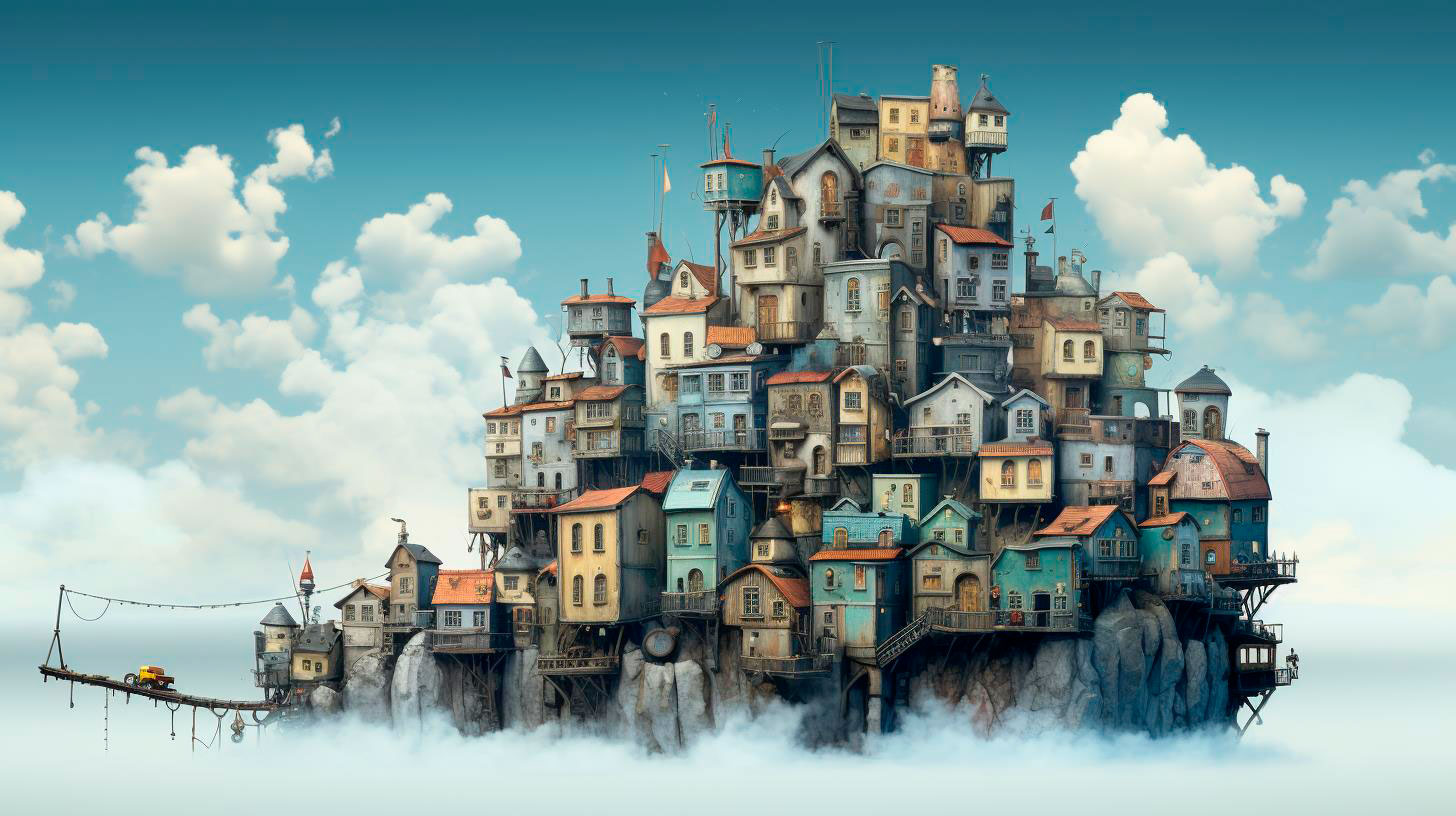
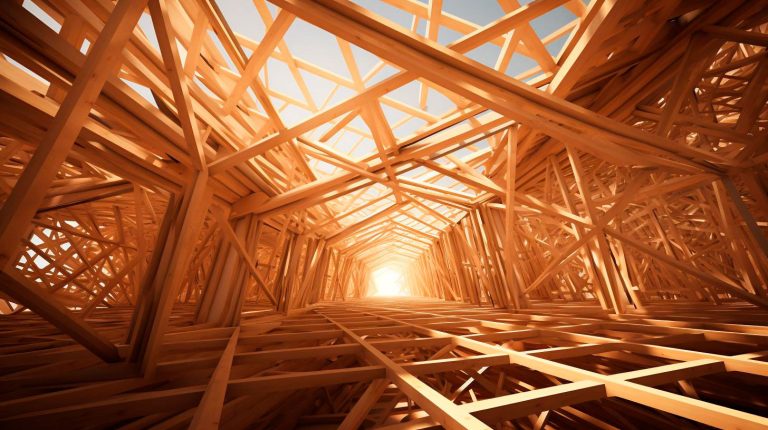

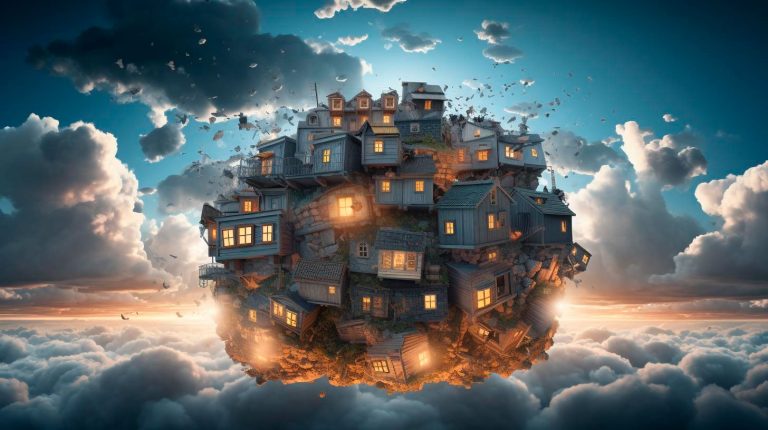
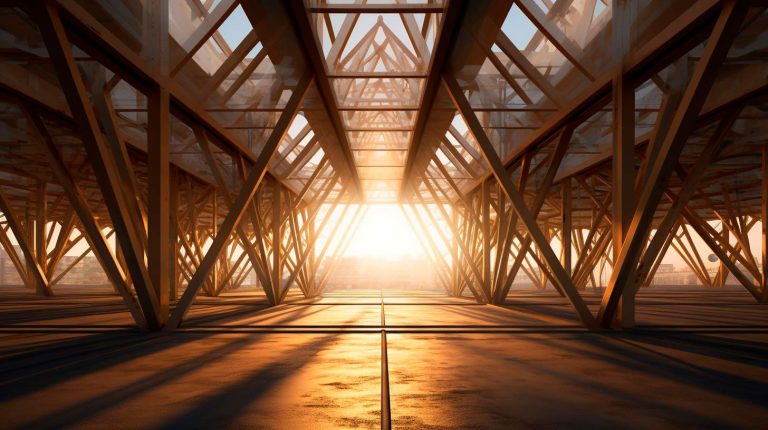
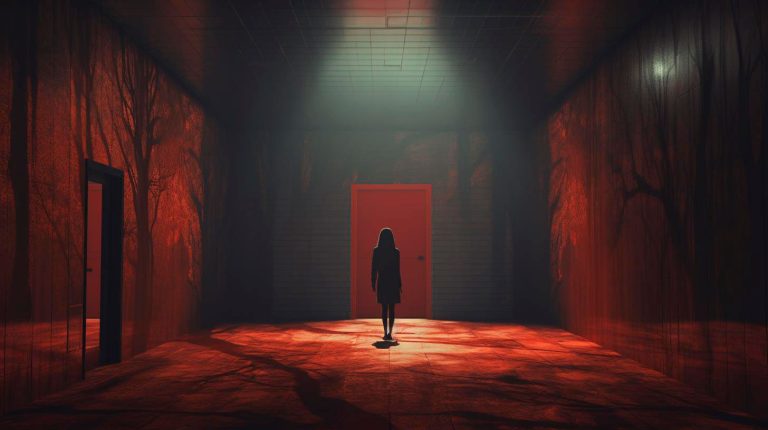



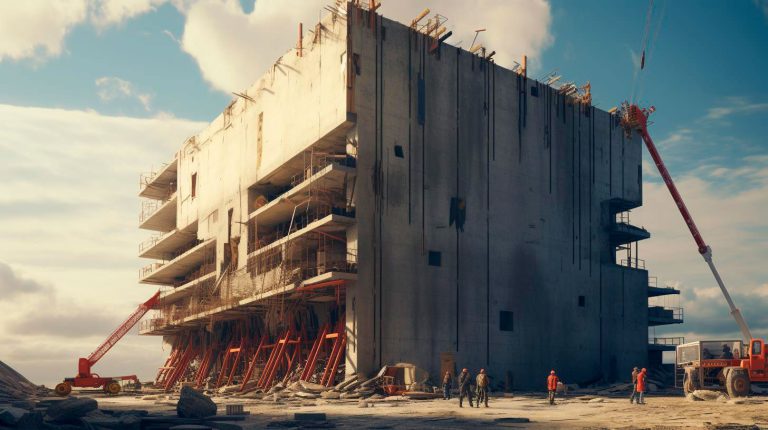








+ There are no comments
Add yours